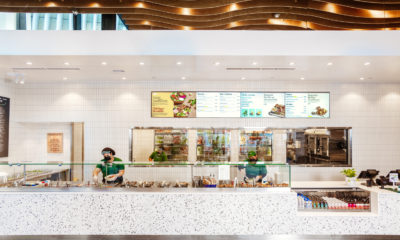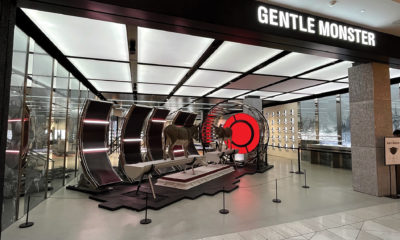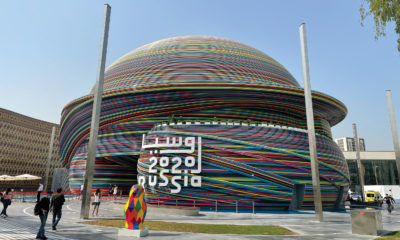AS WITH ALL ARTICLES written these days, it’s easy to glom onto all of the changes the retail, restaurant and hospitality sectors have endured throughout the pandemic. Perhaps lost in all of the headlines about closures and bankruptcies has been a trend that’s not really trendy but more of a movement with so much meaning for our future.
No one reading this publication, let alone having attended past International Retail Design Conference (IRDC) events, is unaware that “sustainability” is nothing new to our industry. So, I ask you: What does sustainability mean to you, your practice, your brand and your way of life? How are you placing it as a priority in your organization? And why isn’t our industry a leading voice in what it’s doing for the environment? When was the last time you saw someone from a department store talking about how they have increased the recycling of cardboard and packaging, or implemented in-store signage touting these facts? I, for one, don’t need to see another sale sign. As a consumer, I need to see where your brand stands on sustainability and what you’re doing in store to reflect that.
I challenge you to think about which brands are in the top five in championing sustainable design, not just in marketing but authentically within their stores, windows, packaging, displays and products. Yes, there are notable examples like Starbucks, Whole Foods and Urban Outfitters, but can you really reference five or more retailers that are doing it well and promoting it regularly across all of their channels? Ever see the debris from a store installation? What about the carbon footprint of getting those fixtures through the Suez Canal?
Why does this even matter? Because the consumer is paying attention and part of our jobs is to deliver an experience that exceeds customer expectations. The customer notices when the packaging is earth friendly, whether the straws are plastic-based and if the back dumpster is filled with discarded fixtures. The IBM Institute for Business Value published a study, “Meet the 2020 Consumers Driving Changes,” in conjunction with the National Retail Federation (NRF; Washington, D.C.) and in it, some interesting facts came to light. According to the report, nearly six in 10 consumers were willing to change their shopping habits to reduce environmental impact. Eight in 10 said sustainability is important to them, and more than 70 percent would pay a 34 percent premium for brands that are sustainable and environmentally responsible.
IBM found that 53 percent of consumers fit into two categories: purpose-driven and brand-driven. In either group, the importance of sustainability ranked at the highest level at 90 percent. The two groups also ranked their willingness to change habits to reduce environmental impact at nearly 80 percent.
Another interesting factor was that 77 percent of customers were interested in sustainable and/or environmentally friendly brands, and 76 percent supported recycling. This all translates into attitudes that are driving brand choice. Recently, Deutsche Bank’s MSCI World Index revealed that companies that experienced positive press regarding climate change saw their share prices outperform 26 percent year-over-year.
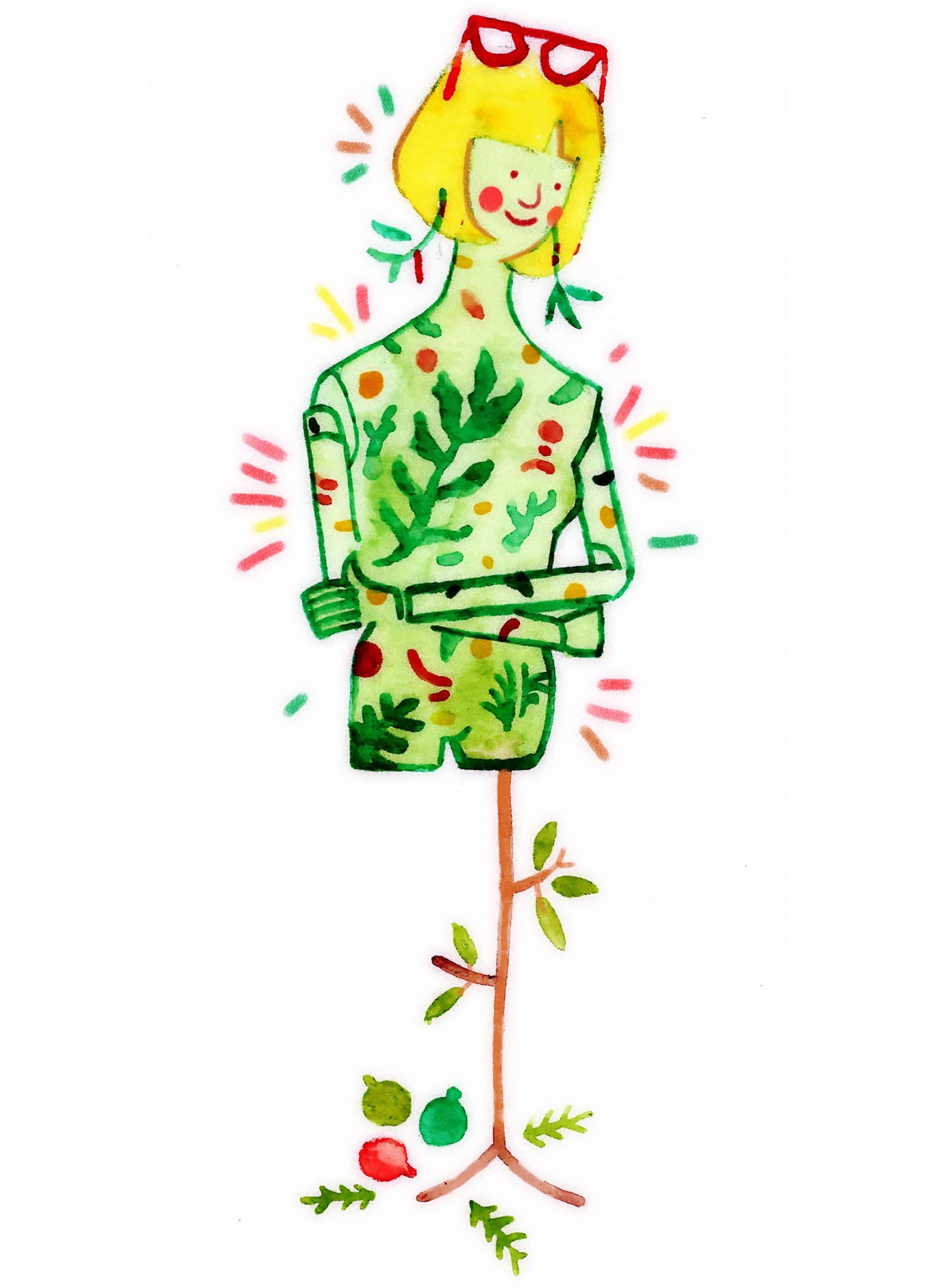
Sustainability goes far beyond specifying concrete floors free of dyes, VOC-free paints or sustainable wood. That’s a key start, but what good does it do if the employees cannot speak to these points, or if the consumer isn’t even aware? I’m not suggesting an in-your-face approach in every aspect, but shouldn’t we as designers ensure the shopper knows about your brand’s sustainability initiatives?
We’re all experts at creating spaces and bringing a level of experience to the journey. Beyond that, we must also use our storytelling capabilities to blend in the sustainable story, not just through hangtags on a garment, but via a manifesto that’s front and center in displays, digital signage, mobile and certainly on the brand’s website.
Let’s imagine that we’re creating a new flagship, and the client wishes to be LEED Gold Certified per corporate mandates. As a creative, and perhaps architect, you must think through the choices you’ll be making until the project’s ready to hand over to the installers or general contractor. LEED requires you to chronicle the journey, but that story often gets lost at the store level. What a missed opportunity to connect to what the customer data is telling us. It’s important that highlights of your brand’s efforts to design and bring the environment into operations also emphasize the sustainable foundations used and the reasons why this is relevant to the brand.
Even the merchandise is part of this end-to-end story of the cycle. According to a study by IHL Group, overstocks contributed to $471.9 billion in lost revenue globally last year. An ugly byproduct of retailers’ attempts to keep stores well stocked, overstock also angers the buying public. Micro-fulfillment centers are being used to tame this shameful statistic that means tons of waste heading to landfills. Thus, inventory management is also a key part of the sustainable system and another story worth communicating.
Finally, let’s think about the displays, materials and mannequins we may be turning over after their season or lifecycle. What you do with these items also becomes part of the story. In your holiday windows, how much of the materials were recycled each year? If it’s a worthy percentage – talk about it. The opportunities are endless, but yes, it does take an effort. However, listening to the consumer is what we must do in order to adapt. After all, we need the consumer to see that store design and visual merchandising are also responsible partners, leading the way and helping brands achieve the best possible connection. That translates into long-term success.
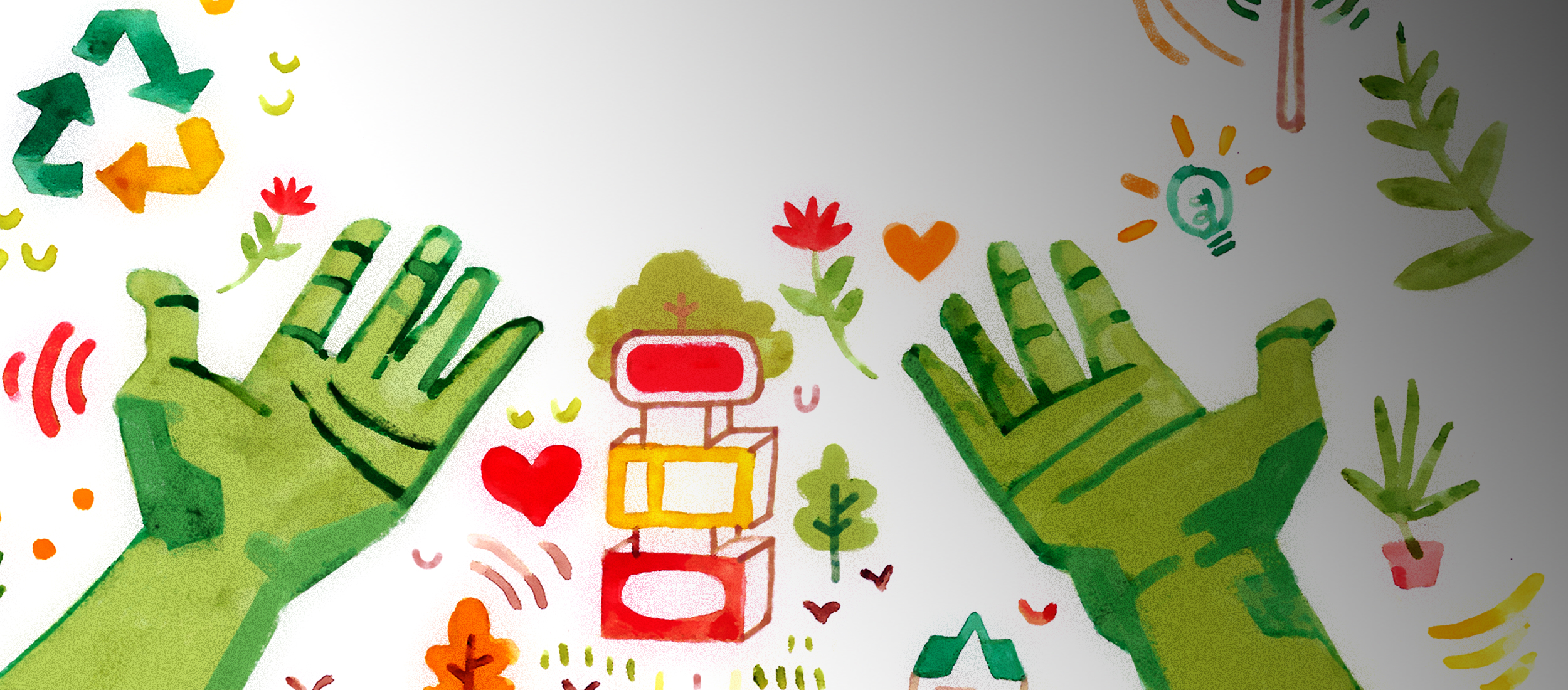

 Photo Gallery1 week ago
Photo Gallery1 week ago
 Headlines3 days ago
Headlines3 days ago
 Headlines1 week ago
Headlines1 week ago
 Headlines1 week ago
Headlines1 week ago
 Designer Dozen2 weeks ago
Designer Dozen2 weeks ago
 Headlines1 week ago
Headlines1 week ago
 Designer Dozen6 days ago
Designer Dozen6 days ago
 Headlines1 week ago
Headlines1 week ago


